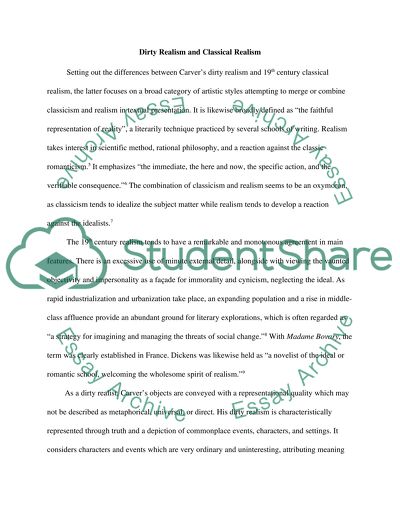Cite this document
(“Classical Realism Essay Example | Topics and Well Written Essays - 1500 words”, n.d.)
Retrieved from https://studentshare.org/miscellaneous/1518111-classical-realism
Retrieved from https://studentshare.org/miscellaneous/1518111-classical-realism
(Classical Realism Essay Example | Topics and Well Written Essays - 1500 Words)
https://studentshare.org/miscellaneous/1518111-classical-realism.
https://studentshare.org/miscellaneous/1518111-classical-realism.
“Classical Realism Essay Example | Topics and Well Written Essays - 1500 Words”, n.d. https://studentshare.org/miscellaneous/1518111-classical-realism.


